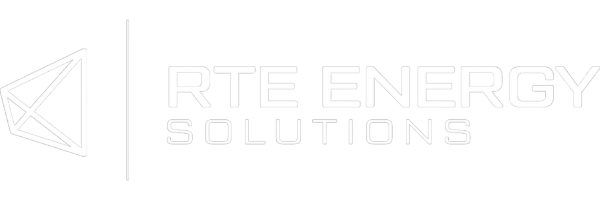What You Need to Know About BERDO
What is BERDO 2.0
As part of our mission to reduce energy emissions, it’s exciting to hear about Boston’s latest building decarbonization ordinance. Earlier this month, Mayor Kim Janey of Boston signed the Building Energy Reporting and Disclosure Ordinance (BERDO) requiring all large buildings to achieve net-zero carbon emissions by 2050. This new ordinance is often referred to as BERDO 2.0 as an earlier version of the Building Energy Reporting and Disclosure Ordinance was released in 2020 that required all buildings 35,000 square feet or more to report their annual energy and water usage.
Why Does It Matter
Boston joins many other cities like New York City, Washington D.C., and St. Louis working to fight climate change through building decarbonization. According to the Annual Energy Outlook by the U.S. Energy Information Administration, buildings account for about 39% of energy use in the U.S. and 31% of greenhouse gas (GHG) emissions.
“BERDO 2.0 is a monumental achievement that will have positive impacts on our residents for generations to come,” says Mayor Janey of Boston. “We know that the negative effects of climate change bear a disproportionate burden on our most socially vulnerable communities. I am grateful for this collaboration with the City Council to actively minimize the challenges associated with climate change and create more resilient communities.”
AI HVAC Controls – RTE & BrainBox AI
Artificial Intelligence (AI) has changed the way HVAC systems are run by optimizing building performance that lowers energy costs, decreases harmful carbon emissions and improves occupant comfort. BrainBox AI is the world’s first autonomous, AI-based technology with a closed loop system that works with your existing infrastructure. To learn more, watch the BrainBox AI video here or connect with us.
